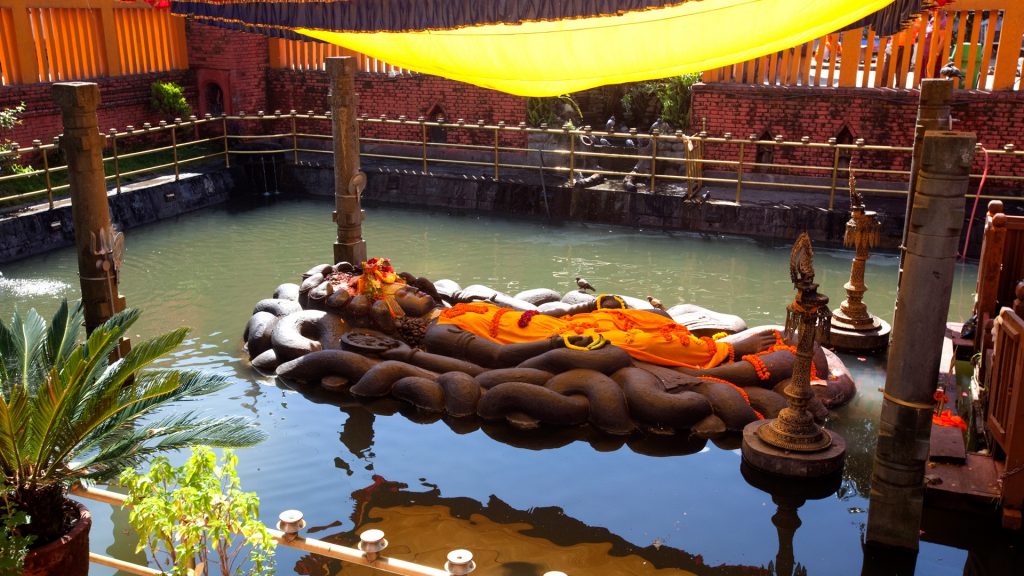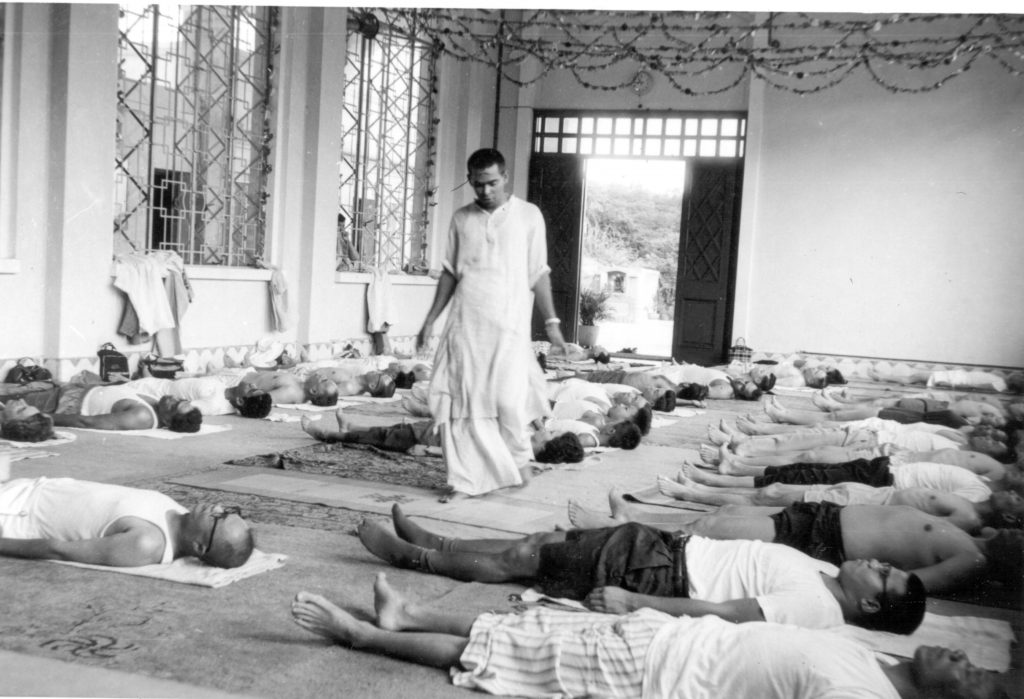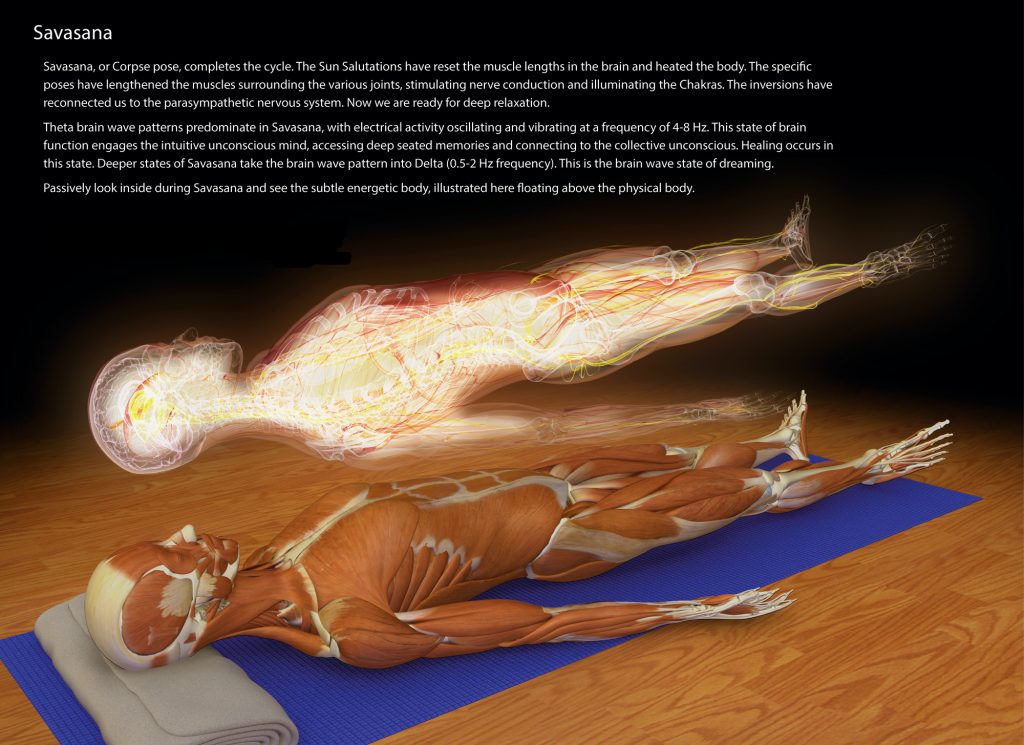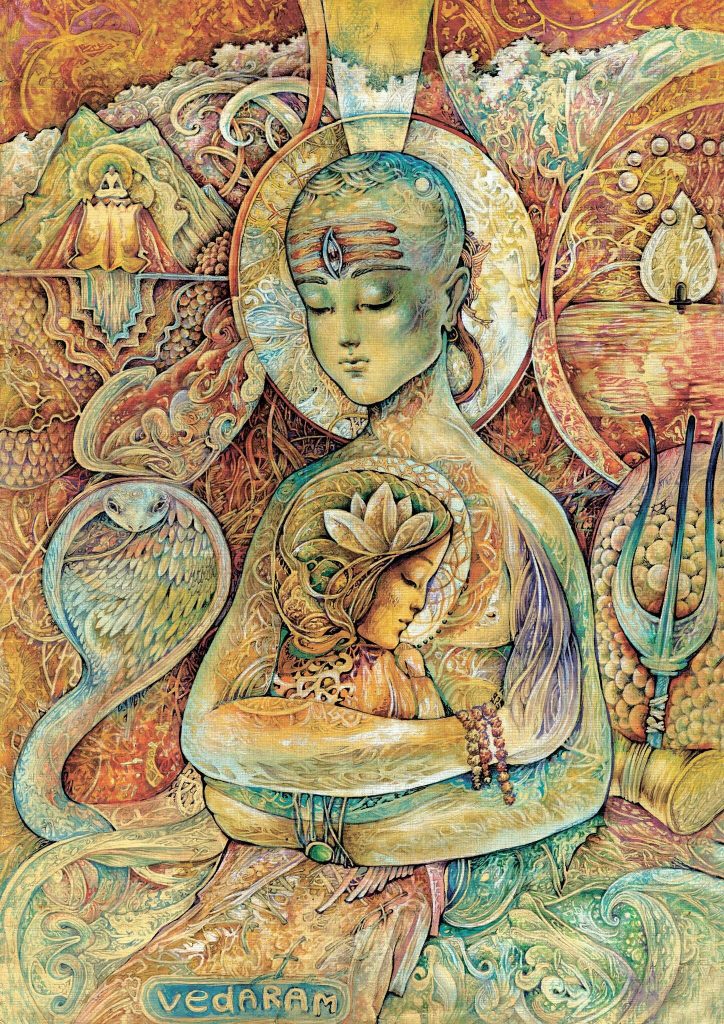Oh, this does not sound like a Vetāla story!
Well, to tell you the truth, I was all about to start the 21st story when someone pinged me on aa new book that they had read…on death.
Written by a prominent Indian ‘happy’ guru, the book was all about death and how to approach it.
Well, I will spare you the trauma of going through 300 pages of morbidity, and instead treat you to a two page concise guide on preparing to die.
And why should I prepare to die, you may be tempted to ask. Isn’t it better to take it as it comes, rather than to count backwards and anticipate it every minute?
Actually, if you could really take it as it comes, you wouldn’t be going about doing any bit of whatever makes up your life right now. We plan not just for a day ahead, but weeks, years, even decades ahead.
It is another story that most of these plans do not materialize the way we want them, but the fact is that we never live life as it comes.
When in the shower, we think of the day ahead, when working, we think of the evening ahead. When at dinner with family, we think of the next day, and so on.
And so please don’t claim that you live life as it comes. Far from it.
Back to dying. We start to die the moment we start to live, isn’t it? This is some kind of ying-yang dance – life and death. With every inhalation, we breathe in life, and with every exhalation, we move a bit closer to death.
So instead of fearing it, and then holding on at the last minute, I guess it makes more sense to practice how it feels, sort of, get a glimpse.
And yes, yog has a way to do that too:)
And here it is.
शवासन – Śavāsana
Difficulty level -3 (very difficult)
Time commitment : 10-15 minutes, after every yogic practice

The standing joke in yoga classes, is that everyone’s favourite pose is śavāsana. Most people think of this āsana to be easy, but nothing could be further from the truth. Yoga Guru Shri B.K.S. Iyengar has called it “the most difficult āsana to master.” And he did know more than a thing or two about yoga.
We will start with the basic śavāsana – which is what is attempted to be taught in most yoga schools. It is used as a relaxation posture, at the end of āsana and prānāyāmapractice.
A point to reiterate – I refuse to dilute the names of these methods, by giving them silly monikers such as ‘corpse pose’, ‘downward facing dog’, ‘upward facing monkey’ and the like. I also refuse to call them ‘poses’. As far as I know, corpses don’t pose, and well, I guess they would have preferred not being a corpse in the first place. While a rose by any other name would smell just as sweet, you wouldn’t like to call it a watermelon instead. Every word, every letter has a meaning associated with it (something that I will explain when speaking of swara yoga and mantra yoga), and if one can take the effort to pronounce names of French perfumes, one can also take the effort of learning how to pronounce ‘Śavāsana‘.
A few points to note:
- Time to practice –This āsanā is practiced after meditation, āsana practice, mantra japa or mudra practice. You would usually always end your yoga session with Śavāsana.
- Place – A calm, quiet and well-ventilated place would do. Choose a place that is free from strong odours, good or bad. This āsana has to be practiced indoors. Do not switch on the fan, or the air conditioning.
- Yoga mat – You need something to lie down on, for this āsanā. A rug, or a non-sticky yoga mat would do. Nothing too soft (the body would sink in unevenly) and nothing too hard. You may also require a folded blanket, to rest your head on.
How you do it

Preparatory
Since this āsana is performed after other yogic practices, you would not come in cold. a point to note – do not dry yourself if you are sweating a little. If sweating a lot, then you haven’t done proper yoga (more about that in another post).
शवासन – Śavāsana
Physical
- Draw an imaginary line along the length of the rug in the centre. You can also use a thin strap as a marking.
- Sit on this line, with the knees drawn up, and feet together.
- Gradually lower the back vertebra by vertebra along the line on the rug. Place the body accurately so that the middle of the spine lies exactly on the straight line drawn on the floor or blanket.
- Adjust your head so that the chin is not higher than the top of your head. If it is, then use the folded blanket under your head. At the end, your forehead should be well above the chin.
- Now grasp the sides of the rug and push the hands towards the feet. This lifts the chest.
- Now slide out one foot at a time, and adjust your extended legs and feet until you feel them to be comfortable, without any strain.
- Spread your arms away from your body, palms facing upwards, fingers relaxed (not extended), and adjust until you feel them to be comfortable, without any strain.
- Move your head from side to side, until you feel it in a comfortable position.
- Adjust your back, and your buttocks, so that your body is evenly balanced, without any strain or effort.
- Close your eyes gently. Do not shut them tight. There should be no strain. If required, you can place a kerchief or a piece of cloth on your eyes.
- Your body should now feel completely relaxed.
- Take in three deep breaths, and then breathe normally through the session.
- Follow the awareness guidelines below. In the beginning, you may tend to fall asleep – this is fine and completely normal. You will learn to maintain your awareness over the course of time.
- Start with a 10-minute session, then extend it to 15-20 minutes.
- Once the time is over, slowly bring back your awareness to the physical body, wriggle your toes, your fingers, move your head from side to side, and then gently turn to your right, place your left hand close to your chest, and slowly push yourself up and into Sukhāsana. Keep your eyes closed.
- Join your hands in Anjali Mudra, say a little prayer, and gently open your eyes.
Breathing
Gentle breathing, without strain or effort. Take in deep slow inhalations, with an expanded chest, and deep slow exhalations, with your stomach moving towards your spine. Your breathing should not be noisy – rather, should feel like the gentle waves of a calm ocean.

Awareness
At the start of the āsana
Maintain your awareness on the physical body. You will hear external sounds, don’t shut them out. Hear them, don’t try to identify the source, and don’t follow them. Just be aware. Beginners will feel a lot of itching – the body is not used to staying so calm, and aware at the same time. Try to control, but don’t feel disheartened. It will get better with time.
During the āsana
Your body, once fully relaxed, will tend to sleep. If you do sleep, don’t worry about it. The mind may wander and come up with a lot of mundane thoughts – what’s for breakfast, I have to meet that client later, will COVID end soon, I should not sleep…you may feel a stream of unnecessary thoughts floating through your mind. Don’t shut them out. Think of your mind as a bus stop – the buses of thoughts stop there, pass by, but don’t board the bus. Gently bring back your awareness to your body.
At the end of the āsana
If you do drift off, your mind will return on cue – can be the alarm that you set for the duration of the practice. Don’t sit up immediately. Gently return your awareness to your body, give yourself a couple of minutes, and then follow the process (15) above.
Benefits
This āsanā is beneficial on many levels. At the physical level, it helps reduce physical stress and muscular tension. The body in Śavāsana is naturally relaxed, since all our limbs are parallel to the earth, and hence the heart does not have to pump excessively to any part of the body. On a mental level, this āsana helps develop awareness of all parts of the body, and connect with them, while being in a state of relaxation. On a spiritual level, Śavāsana is the only āsana that leads to pratyāharā, or withdrawal of the senses.
It serves as a gateway to move from the physicality of yoga, into its higher dimensions (dhyāna and samādhi), and towards chitta-vritti-nirodha…the goal of yoga.
Things to note
The key to āsanā practice is breathing and awareness. Without these aspects, yog is merely physical exercise.
As you practice this āsanā, begin to move your awareness around your body – a kind of a body scan, to connect with each part of your physicality, and be aware of your physical nature and every aspect of it.
Variation
The steps that I have described are for the basic practice of śavāsana. The next step is to move your awareness around your body, part by part, until you are fully aware of your physicality – thus giving you the ability to move beyond it. These steps require guided meditation practice, which we will perform a few months later.

Śavāsana comes from the words शव – Śava, “corpse” and आसन – Āsana, “posture”.
When dogs have nothing to do, they lie down. When we humans have nothing to do, we run around looking for something to do – since we feel that we are ‘wasting time’. As we had discussed in our exercise on amāni-bhāva, we don’t have to fill up every inch of our time with something – it’s ok to do nothing as well! Śavāsana is the perfect exercise in this regard – there is no sense of competition or achievement, no strenuous effort to be made – it is naturally relaxing, without much physical effort.
Then why is so difficult? It is difficult, because the mind doesn’t stop. As with our amāni-bhāva exercise,Śavāsana is deceptive – on the surface, it is easy, but deep down, it is the most difficult āsana to master, since one has to quieten the mind. Even advanced sādhakās face this difficulty, and it takes a lot of conscious effort to learn to tame the mind. The practice of Śavāsana continues beyond the āsana, into everyday life. Calming the mind is the first step in yoga, and the toughest.
The title of this post is – preparing for death. Quite grim, but real. Science says that we are dying from the moment we are born, slowly at first, and accelerating later. Every day, every moment, we are closer to the grave. While this may seem grim at first, it is quite uplifting when you think of it. It reminds us of how precious life is, and how limited our time is.
Do you have time to waste in petty thoughts and quarrels? What would you like to make of life? Waste it in petty pursuits, or live it to the fullest?
The practice of Śavāsana is the first step towards realising this fact of life – not just physically, but mentally and spiritually as well. One of the goals ot yoga is death – of the ego, of the “I”, and only when that happens, can we embrace the “we”, and “us”, and recognise the world as one family, as parts of one infinite consciousness, that some call God.
